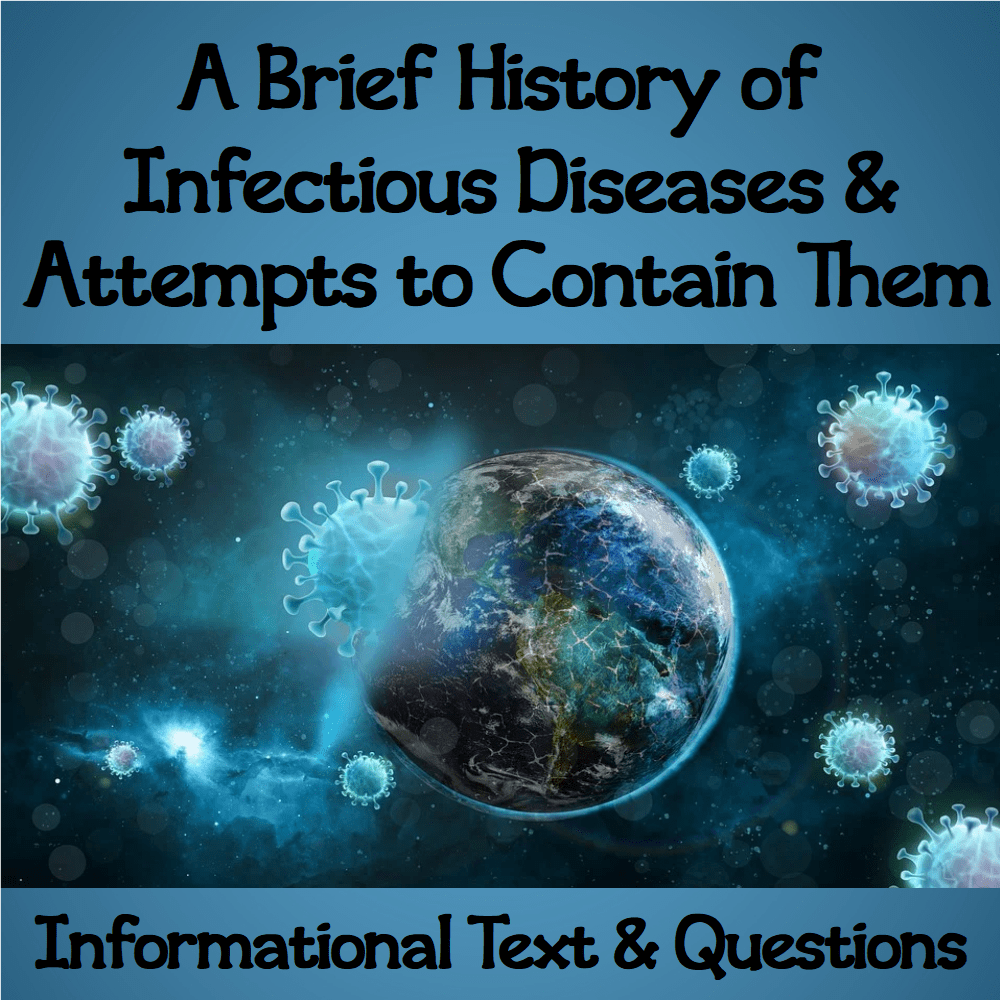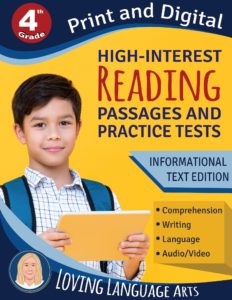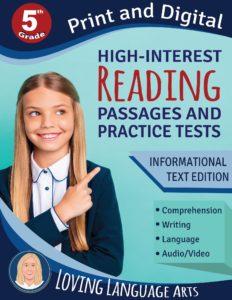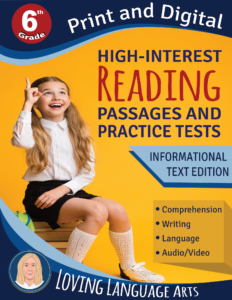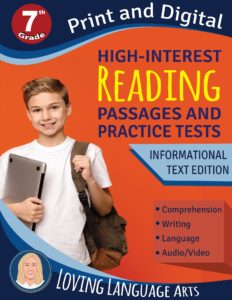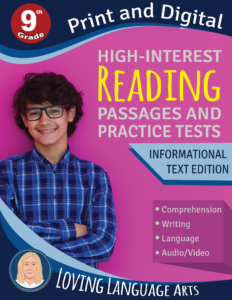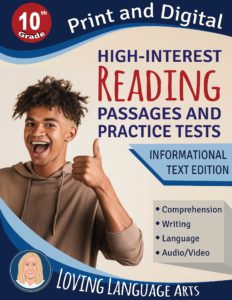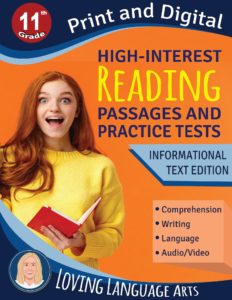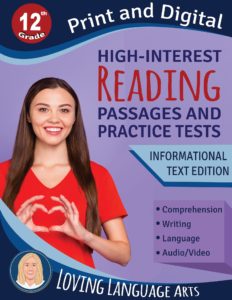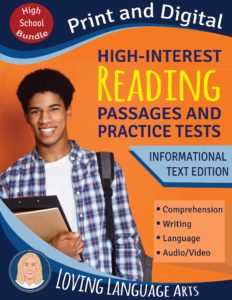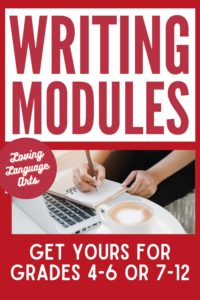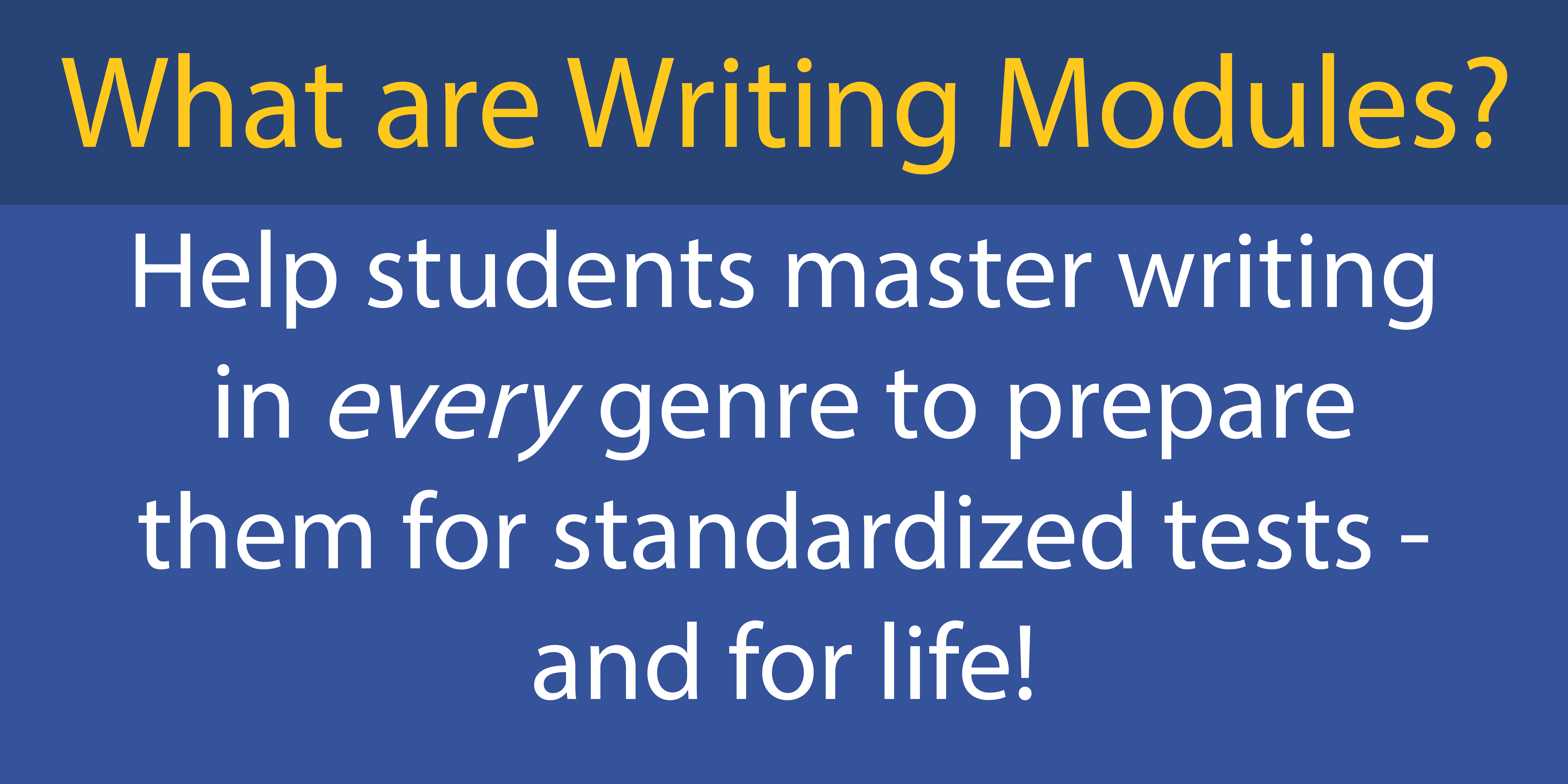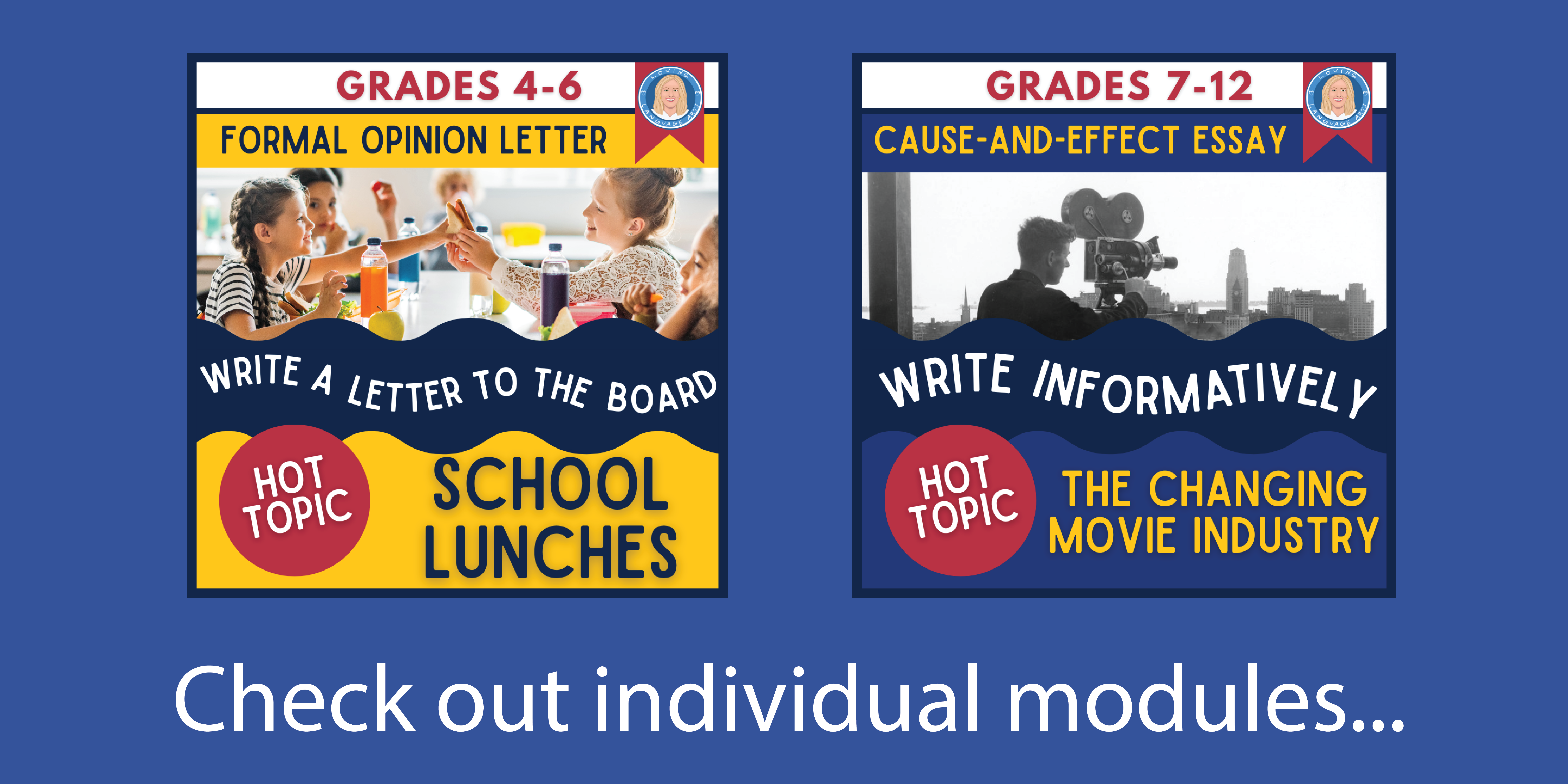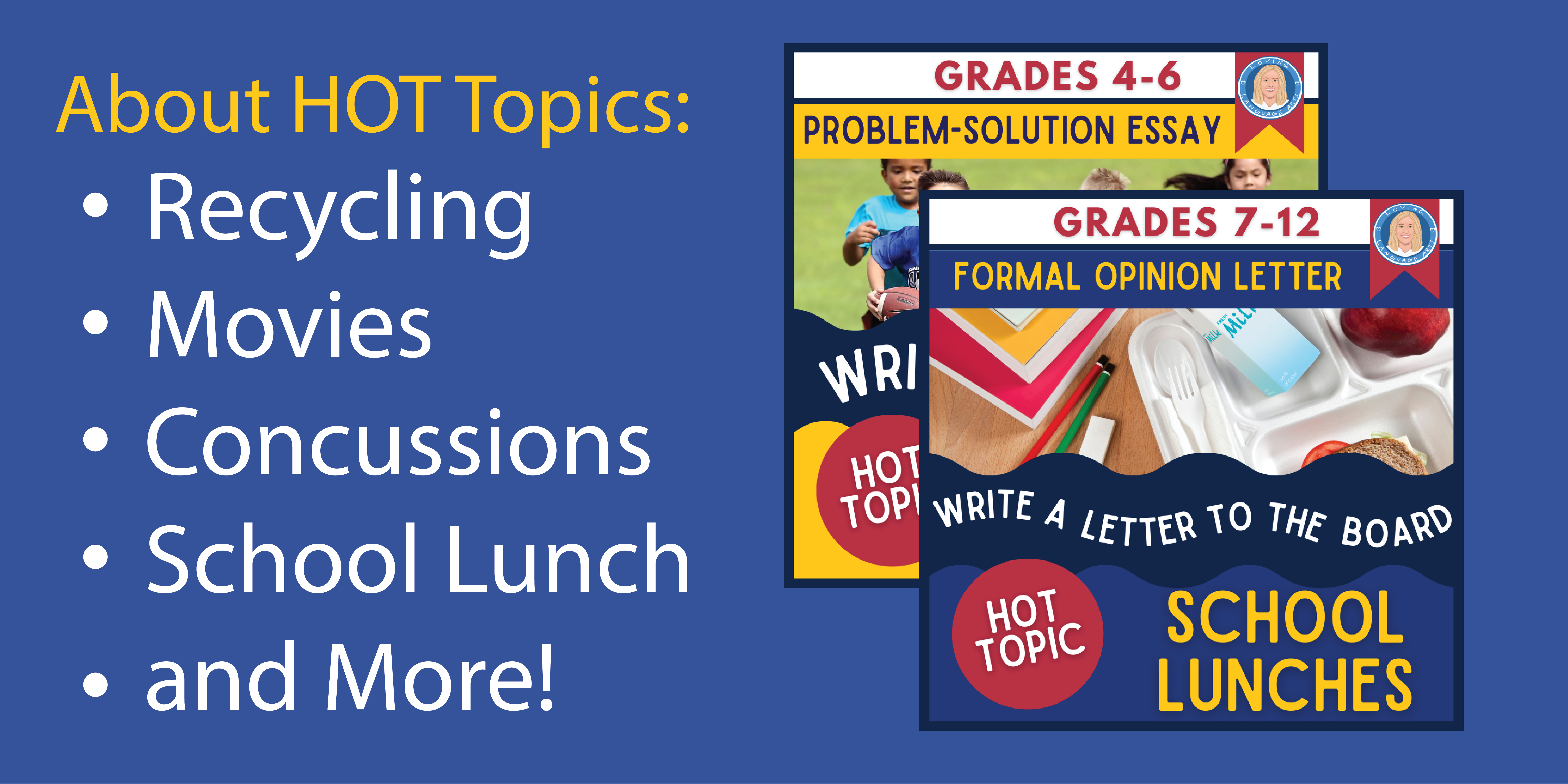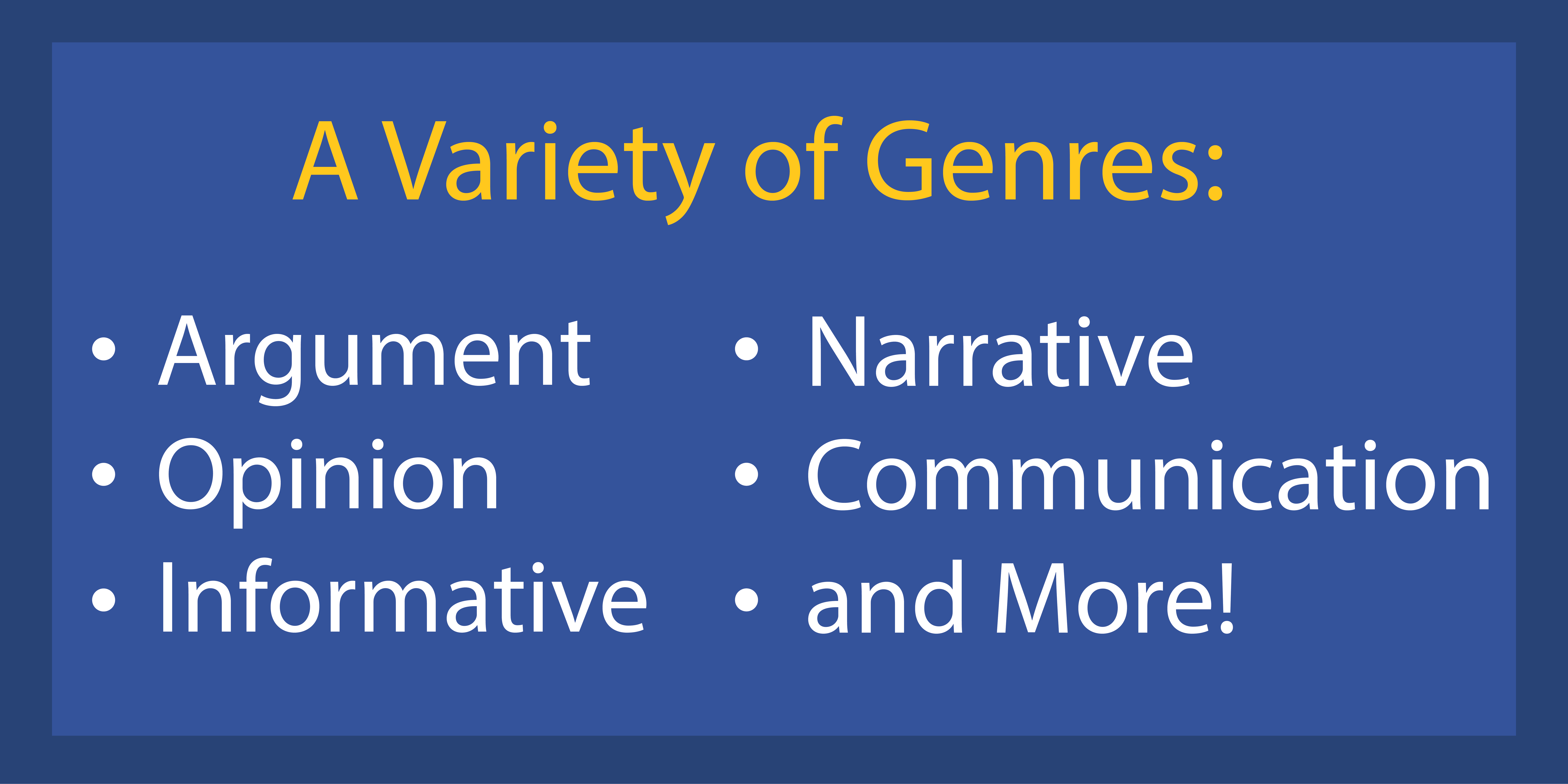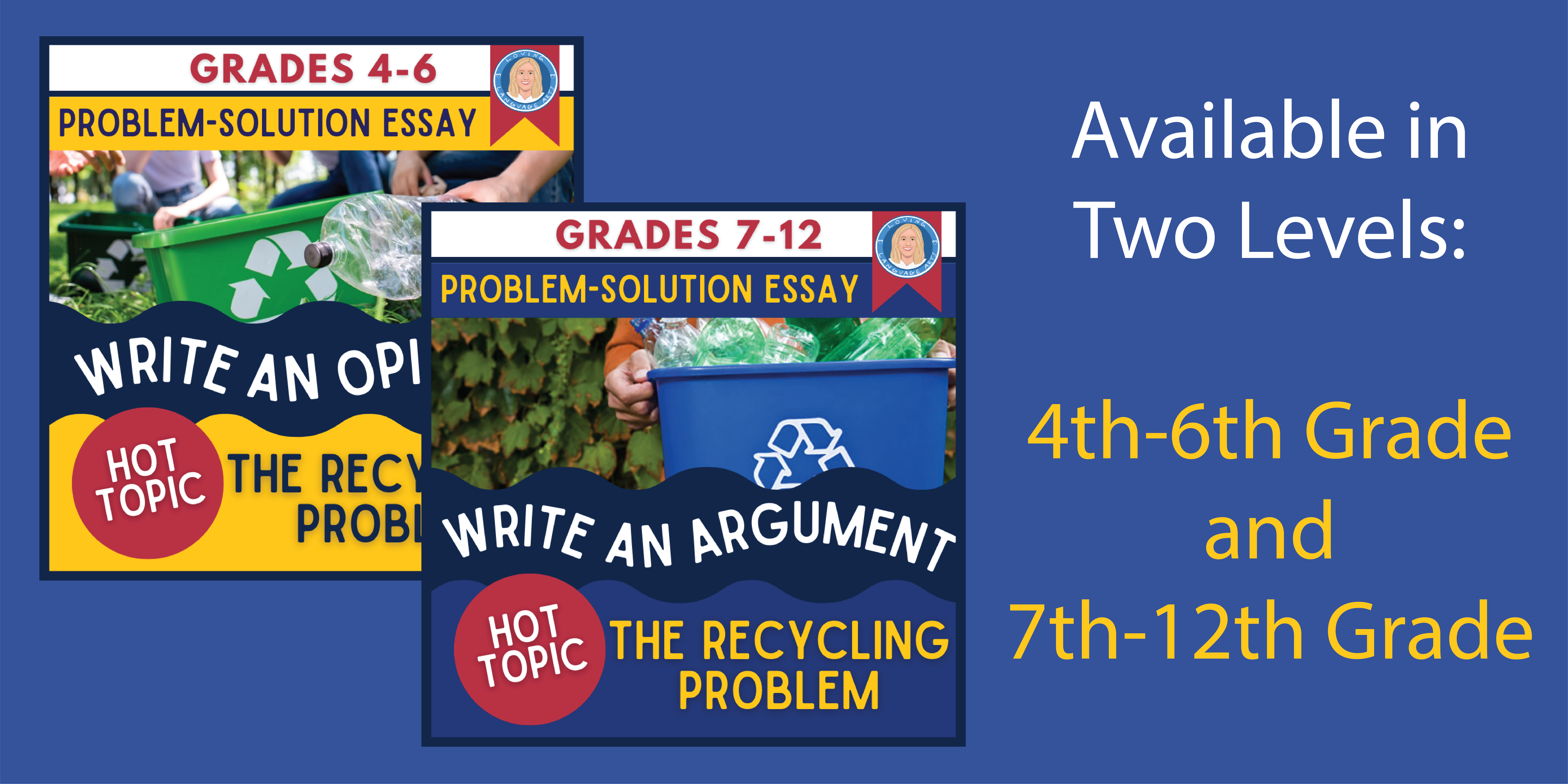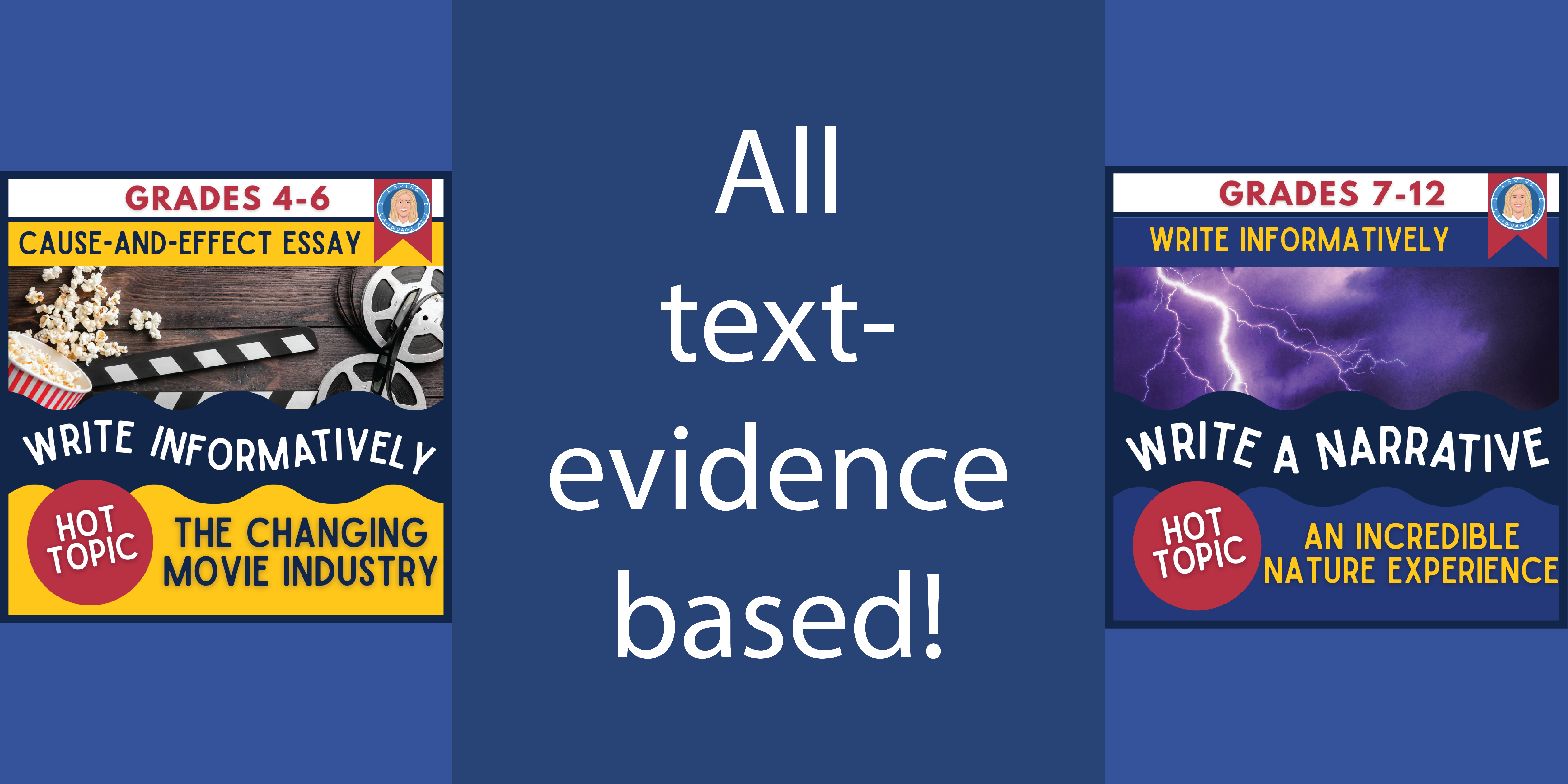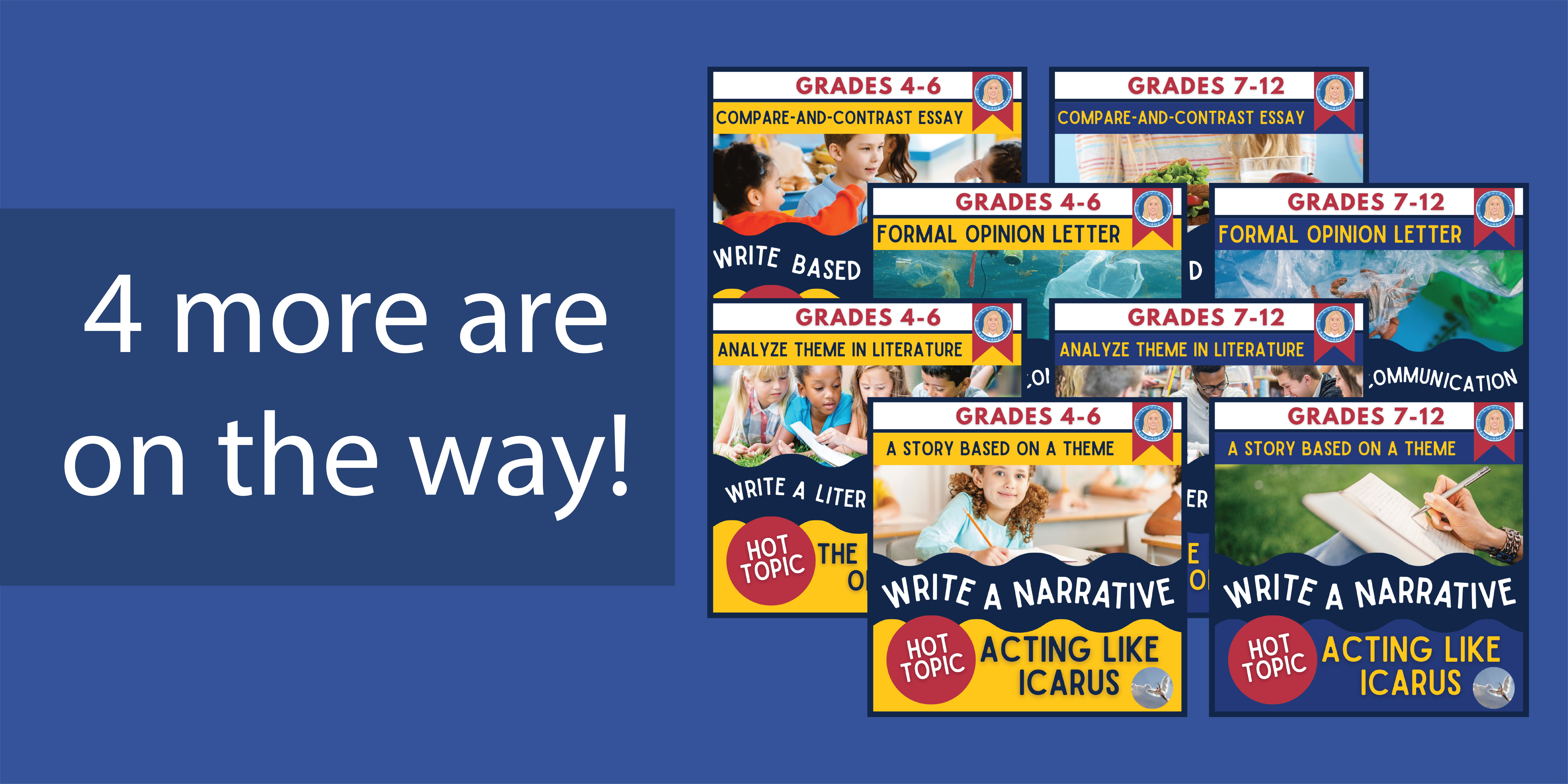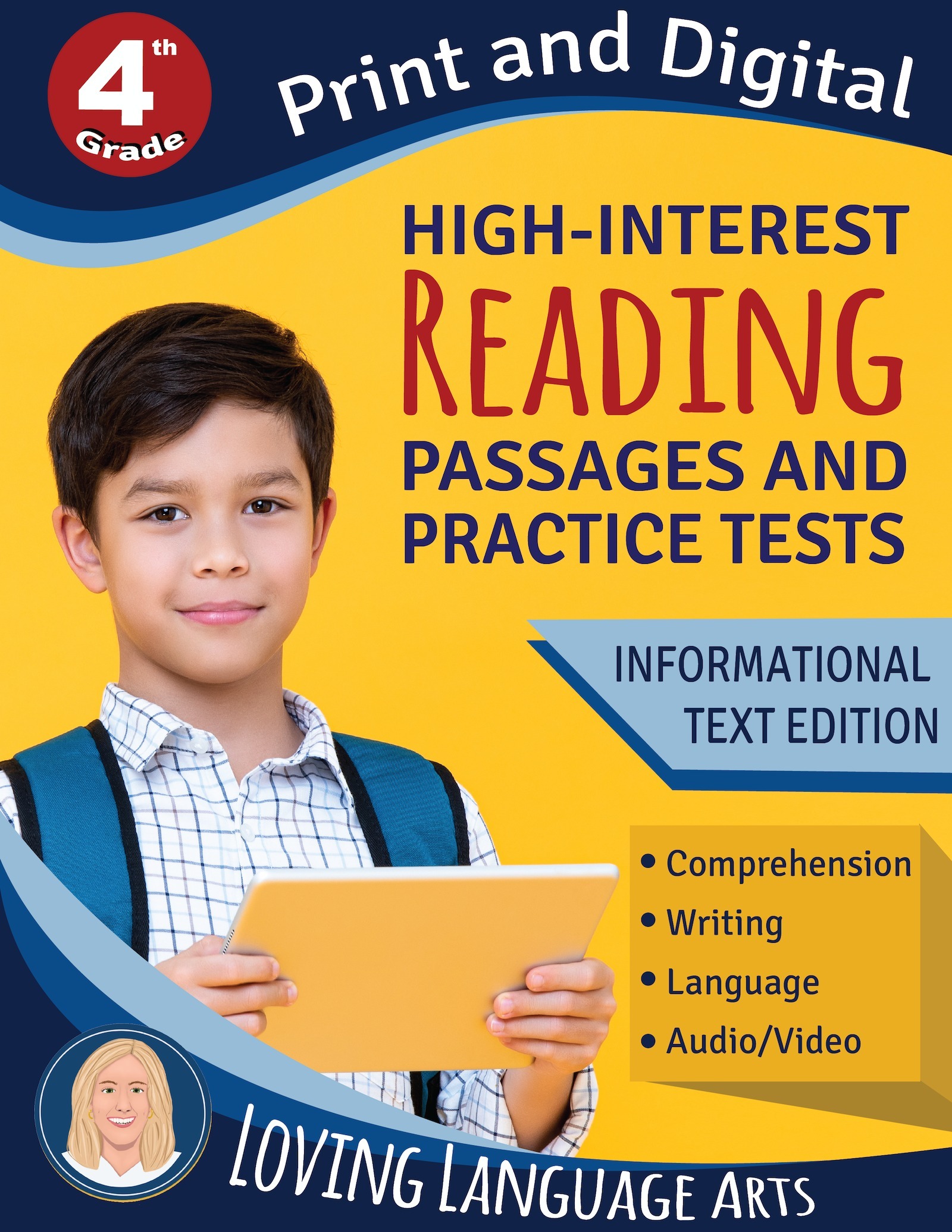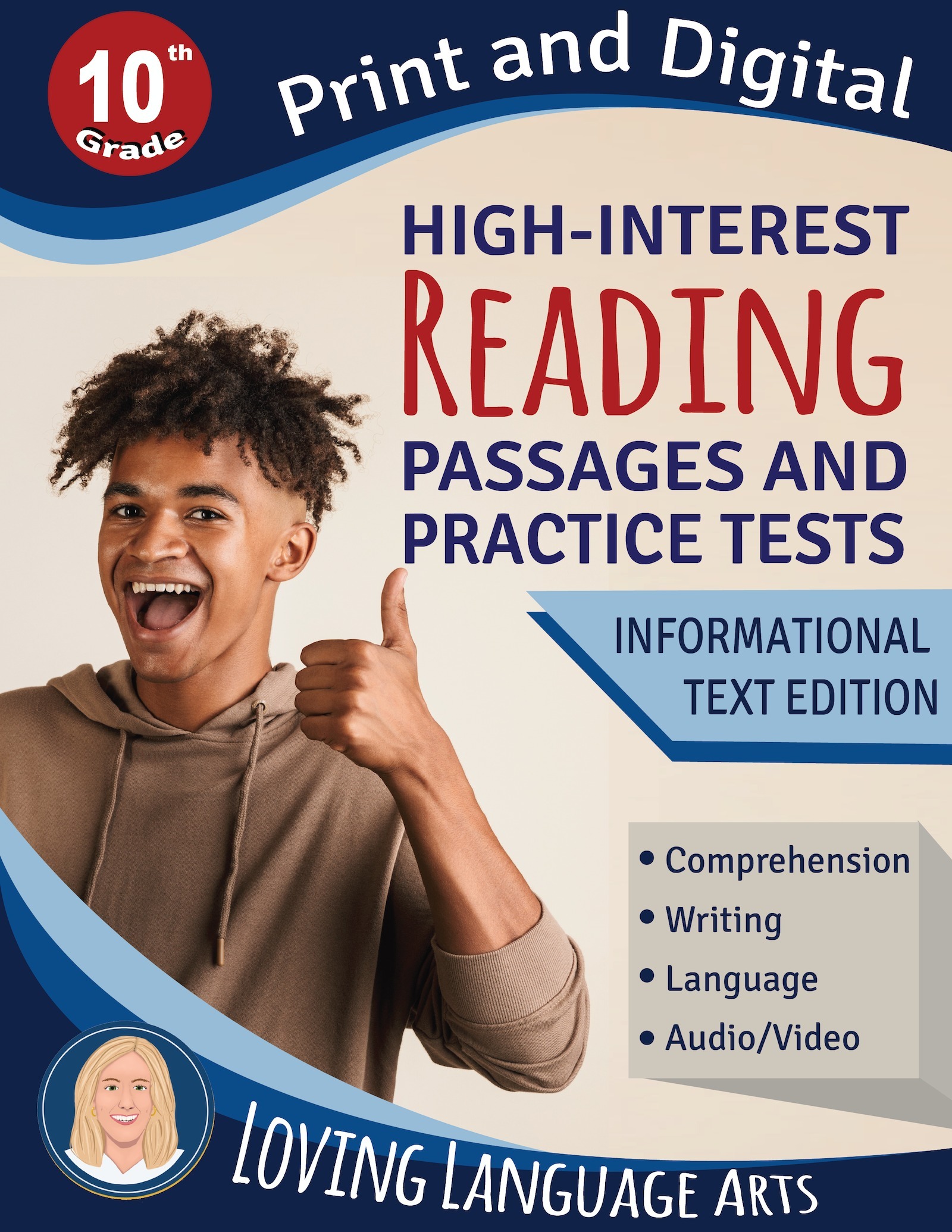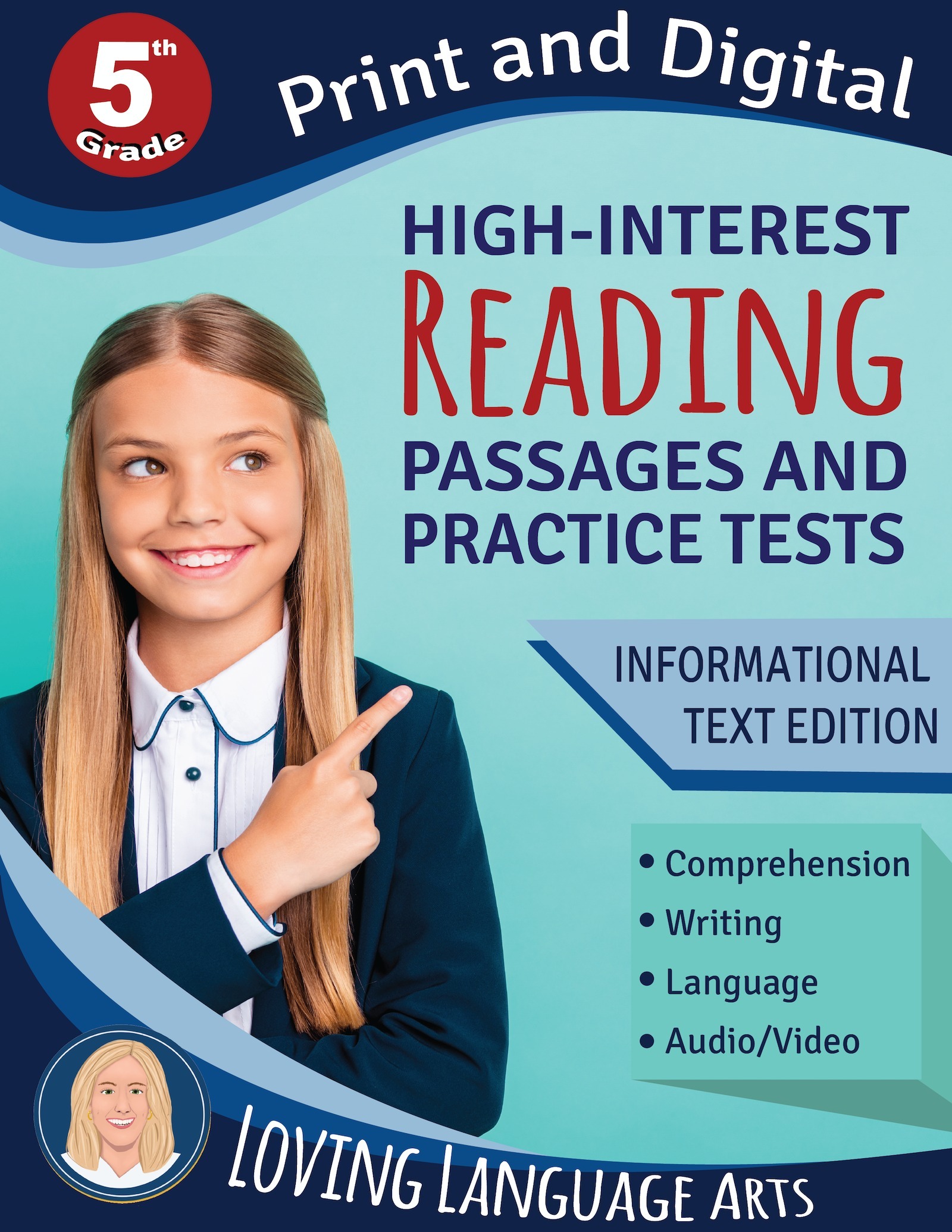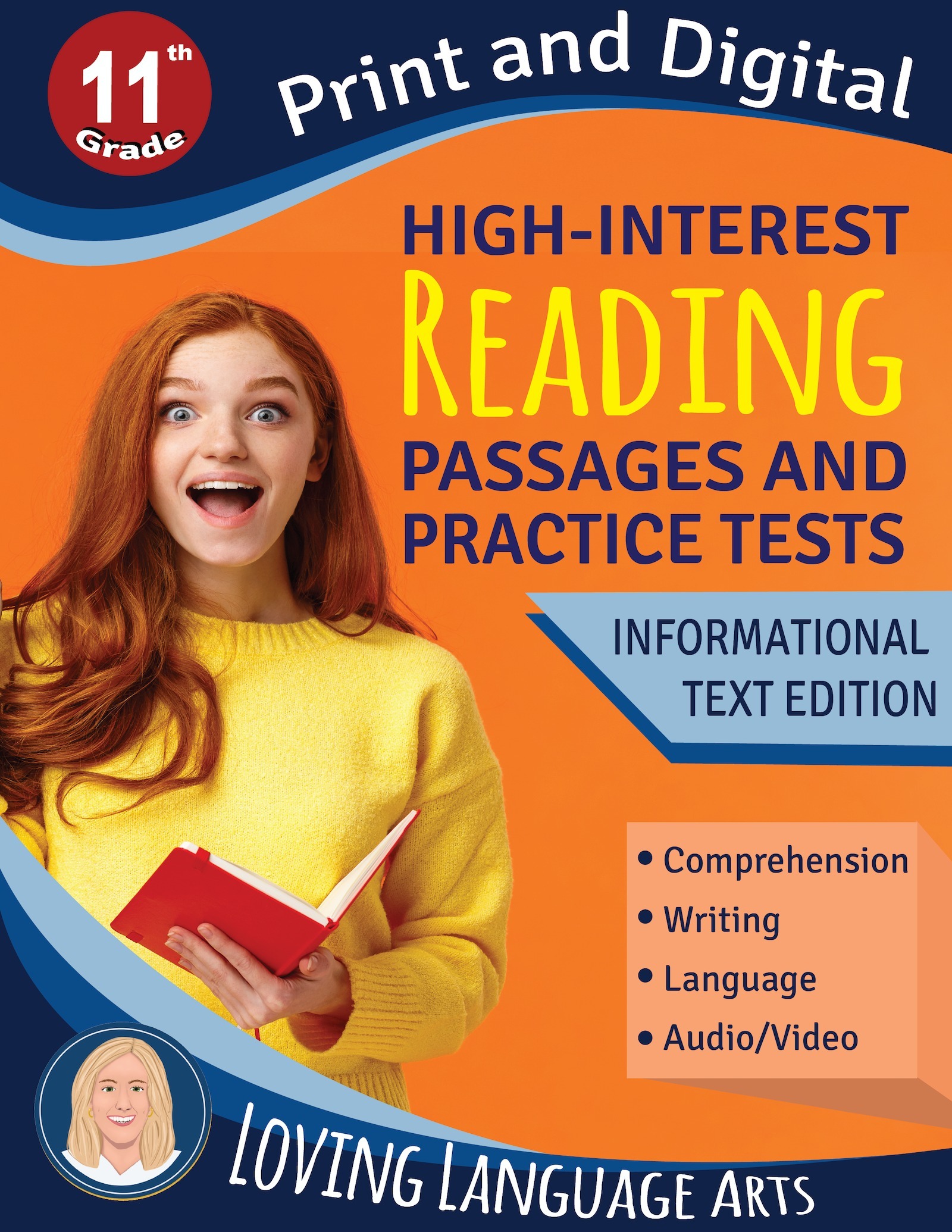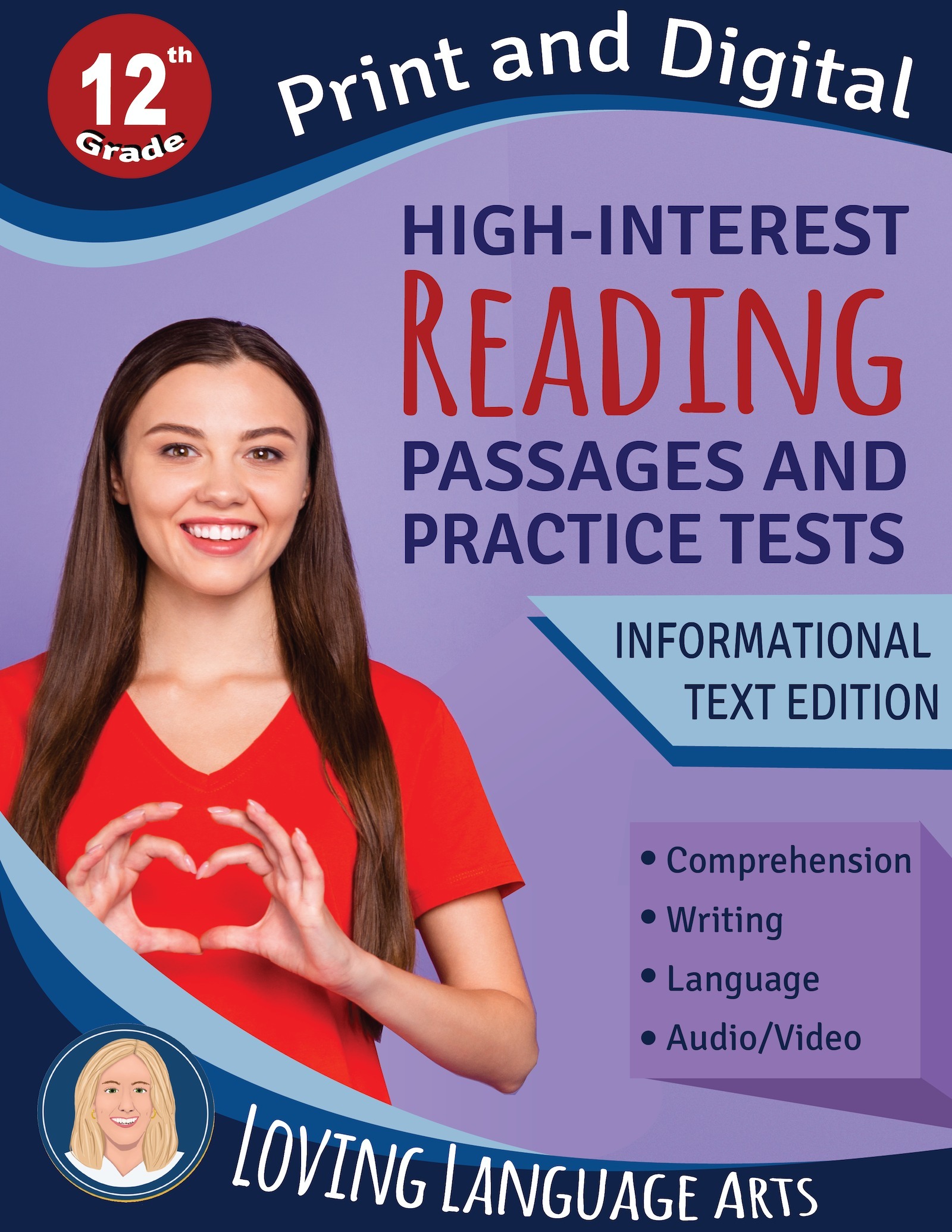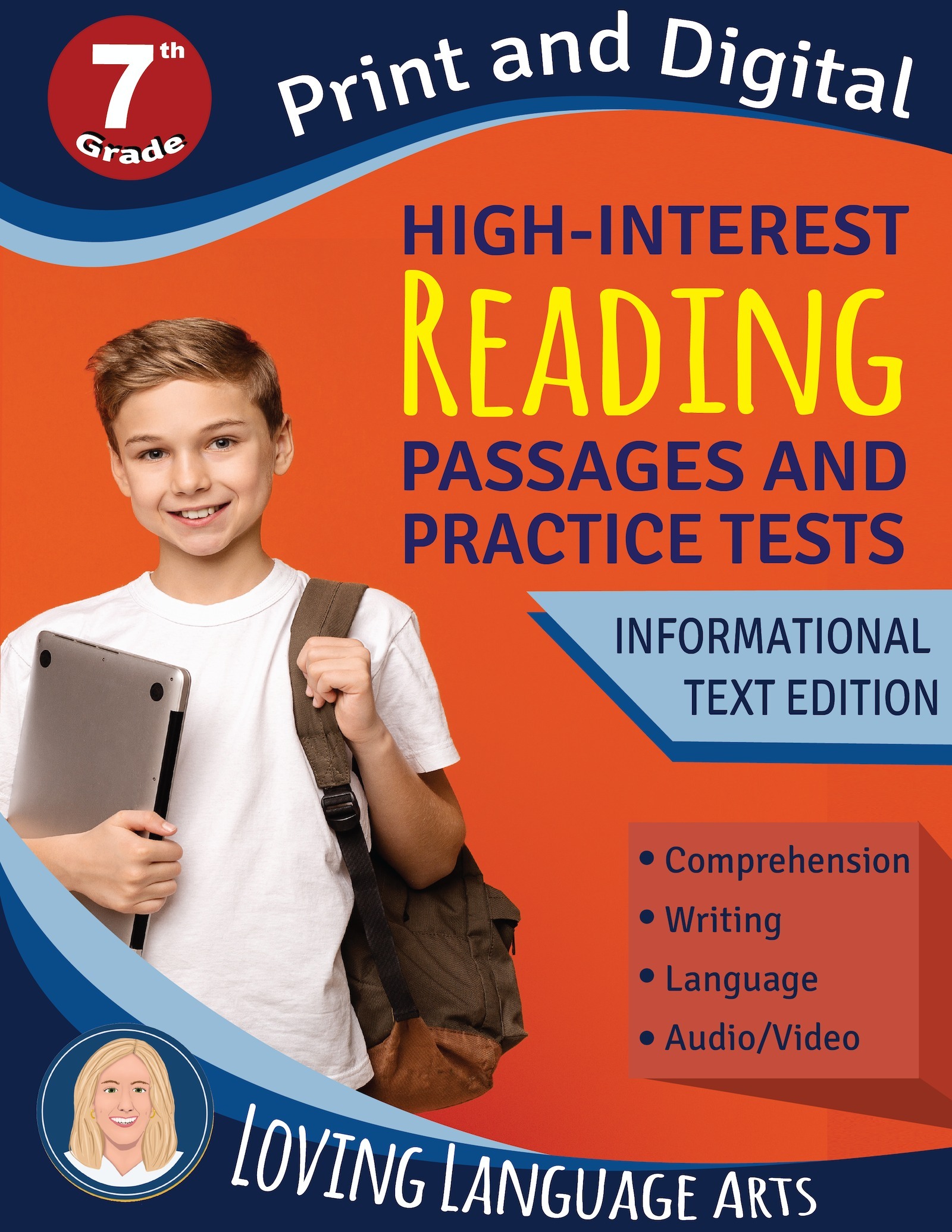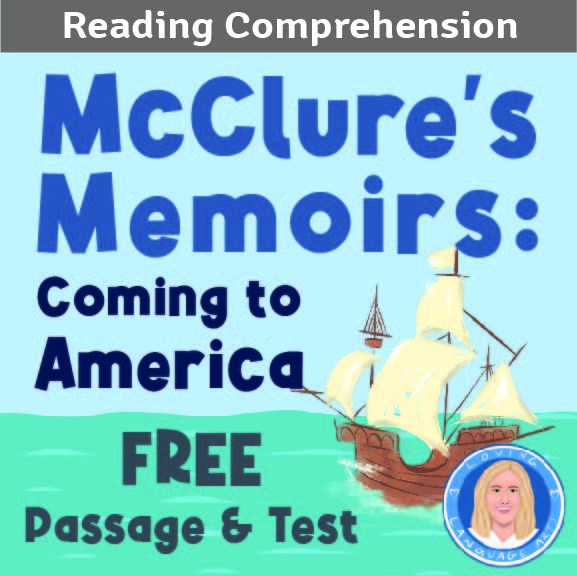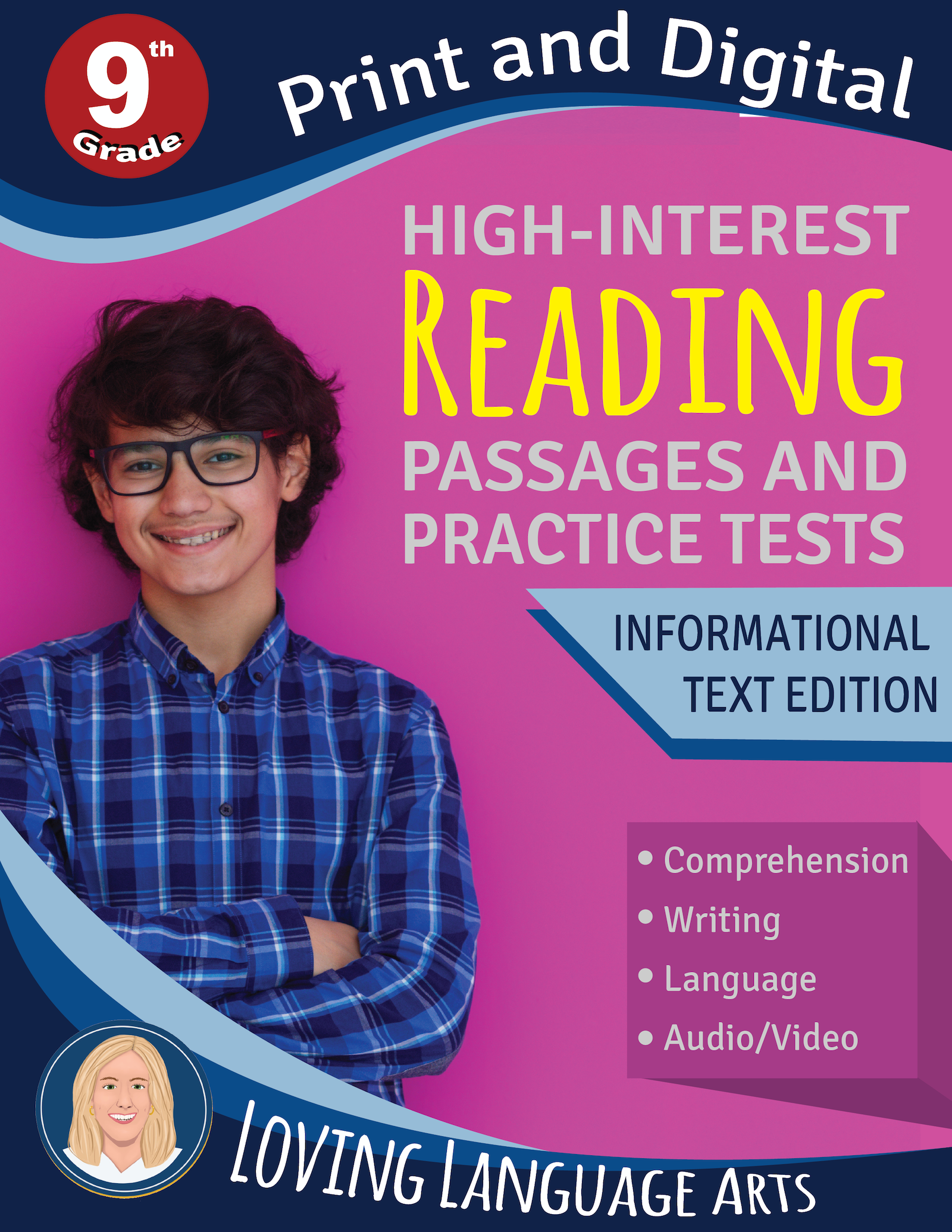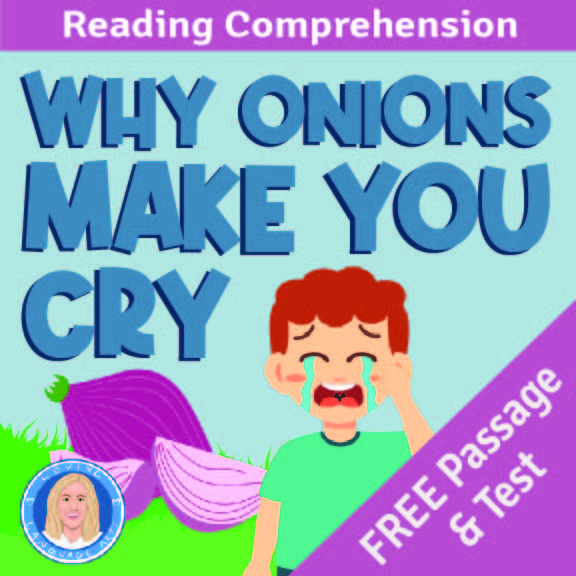10 Interesting Facts About Pandemics & Vaccination
These 10 interesting facts about pandemics and vaccination may serve as: curiosity satisfiers, conversation starters, research topics, writing ideas, a-ha moments, bellringer activities, or simply reading material. The facts are listed below. Additionally, they are contained in a free 3-page informational text (with comprehension questions) for students grades 5 and up. Enjoy!
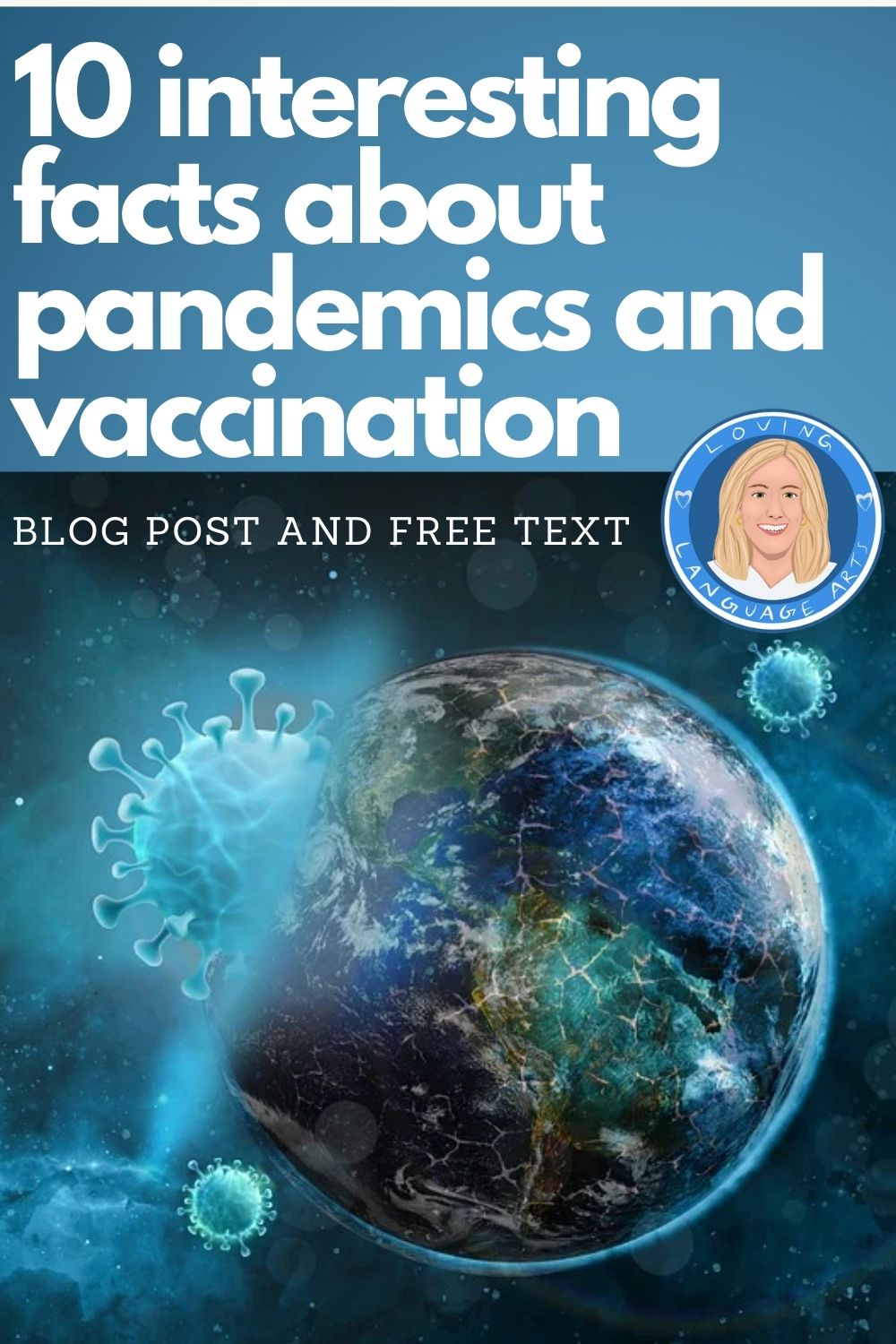
10 Interesting Facts About Pandemics and Vaccination:
1) The most dreadful scourge: Throughout human history, NOTHING has killed more people than infectious diseases. The good news is that we live in the era of modern medicine, which in the grand scheme of things, came about only relatively recently. Vaccination, antibiotics, and containment practices have not been around that long!
2) Most notable pandemics: the Plague of Justinian (which wiped out nearly HALF of the global population in the 6th century – around 50 million people), Black Death (a massive 14th century plague that killed 200 million people), the Spanish Flu (which infected one in three people in the early 1900s), malaria (said to have killed half the world’s population – 50 billion), smallpox (which may have killed as many as 300 million people in the 20th century but is what led us to modern vaccination), AIDS, and the recent outbreaks in the 21st century including SARS, Ebola, Zika, and Covid-19.
3) Quarantine like it’s 1399 : The practice of quarantine began in the 14th century in an effort to protect European coastal cities from the Bubonic Plague, or Black Death. Ships arriving from infected cities would have to stay at anchor for 40 days before passengers could get off. Italians called it “quarantino.”
4) The president has a list: Currently, the list of quarantinable diseases is contained in an Executive Order of the President and includes cholera, diphtheria, infectious tuberculosis, plague, smallpox, yellow fever, viral hemorrhagic fevers (such as Marburg, Ebola, and Congo-Crimean), severe acute respiratory syndromes (SARS), and Covid-19. Under its delegated authority, the Division of Global Migration and Quarantine is empowered to detain, medically examine, or conditionally release individuals and wildlife suspected of carrying a communicable disease.
5) Finally, it worked: Hundreds of years ago, Buddhist monks tried drinking snake venom to confer immunity, but it wasn’t until the discovery of variolation in the 1700s that major strides were made. Variolation, a.k.a. inoculation, is deliberately adding diseased tissue to punctured skin. Edward Jenner inoculated a boy with smallpox and observed him build immunity to the disease. This led to the first successful vaccine.
6) Smallpox taught us a lot: In 18th century Europe, 400,000 people died annually of smallpox, and one third of the survivors went blind, while most survivors were left with disfiguring scars. Smallpox was known as the “speckled monster.” In 1798, Edward Jenner paved the way for vaccination that contained the disease (but did not “eradicate” it until 200 years later).
This information is also available as a FREE 3-page informational text with comprehension questions, in easy-print for in-person classroom learning or interactive Google slides for easy distance learning.
7) How do vaccines work? The basic mechanism by which vaccines work is simple: Vaccines create immunity in an individual by introducing a weakened or killed form of the pathogen that make us ill – such as bacteria or viruses – or its toxins or one of its surface proteins. The vaccine induces acquired immunity so that when your body encounters the real disease-causing agent it is ready to mount a defense.
8) But the new Covid vaccine is a little different: The new Covid vaccine, a “mRNA vaccine” is different. It contains material from the virus that causes COVID-19. The material gives our cells instructions for how to make a harmless protein that is unique to the virus. After our cells make copies of the protein, they destroy the genetic material from the vaccine. Our bodies recognize that the protein should not be there and will remember how to fight the virus that causes COVID-19 if we are infected in the future.
9) Resistance is not new: According to the CDC, vaccines are one of the most successful and cost-effective ways to prevent diseases and have led to a major decline of diseases. However, there has ALWAYS been some resistance to vaccination. For example, anti-vaccination societies became especially vocal during the late nineteenth century. Many anti-vaccinators believed that vaccination was, as George Bernard Shaw put it, a “filthy piece of witchcraft” which did more harm than good. The debate over vaccination has continually forced governments to assess the rights of the individual against the rights of the community. Does an individual have the right to resist vaccination when his or her actions could put a community at risk? Does the government have the right to force citizens to undergo medical treatments against their will? These are questions that come to mind…
10) Herd Immunity (Covid should be 70-85%): There is a collective social benefit in a high vaccination coverage. For most diseases, the greater the proportion of people who are immunized, the better protected is everyone in the population as the disease transmission can be reduced or stopped. According to the CDC, 70-85% of the population needs to be immune against Covid in order for “herd immunity” to work.

You Know What Else Kids Love?
These workbooks! I made the articles super interesting to kids by writing about things that interest them! AND IT WORKED! I keep hearing from teachers how kids get so into these texts that they actually WANT to answer the questions!
Click below for FREE ELA PRACTICE TESTS – each targeting specific reading, writing, language, and speaking/listening/viewing standards.
Check out these GRADE-SPECIFIC test prep books with practice tests that target EVERY GRADE-SPECIFIC READING INFORMATIONAL TEXT STANDARD, one by one. An added bonus is that students LOVE the texts! In Easy-Print or Self-Grading Online Versions.
The 6th Grade Practice Tests Test Prep Workbook “is a high quality, beautifully-aligned resource. It is no-frills, to the point, yet high-interest for students. It is helping us prepare for standardized testing in a hybrid, synchronous, difficult year.”
How about saving this pin to your “Literacy in Science” or “Current Seasonal Resources” or “Hot Topics in Education” Pinterest boards so that you can come back to this page later (and use it for reading, writing, debate topics)?




